How Artist Jenny Robinson’s Art Tells Stories of Folklore and Mythology
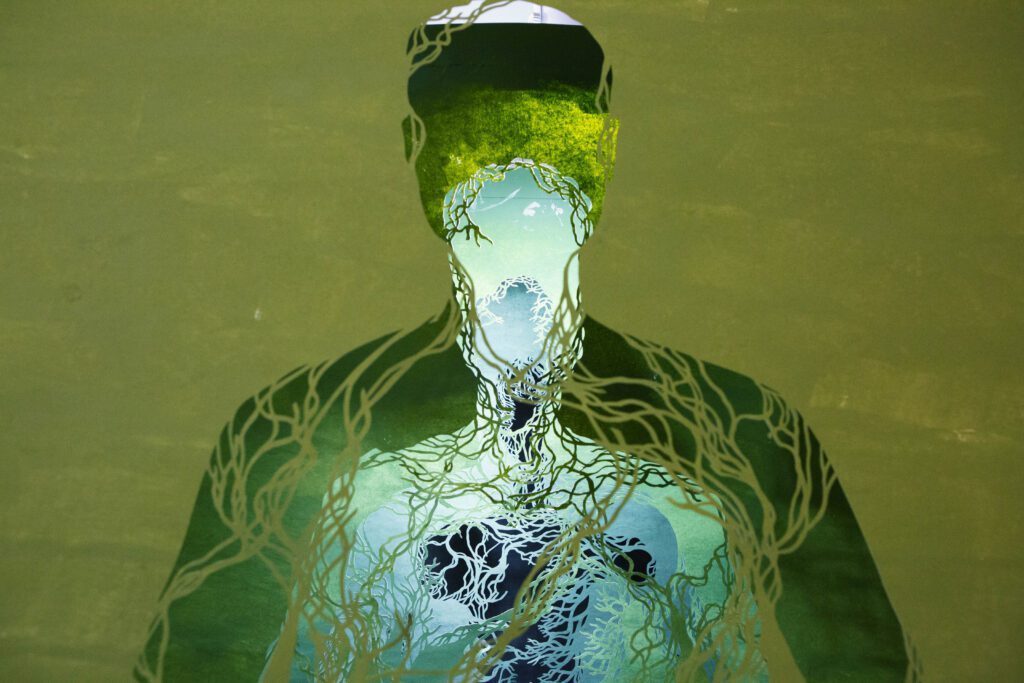
Jenny Lee Robinson is a talented American artist with Korean heritage currently based in Seoul, South Korea. In this interview, Jenny talks about her journey as an artist, from painting with her mom as a kid to exploring global folklore and myths in her work. Jenny opens up about how she creates her art, how she pushes through creative blocks, and the meaningful ideas behind her pieces. She also shares her love for using traditional Korean paper and how her work focuses on themes like growth, resilience, and strength.
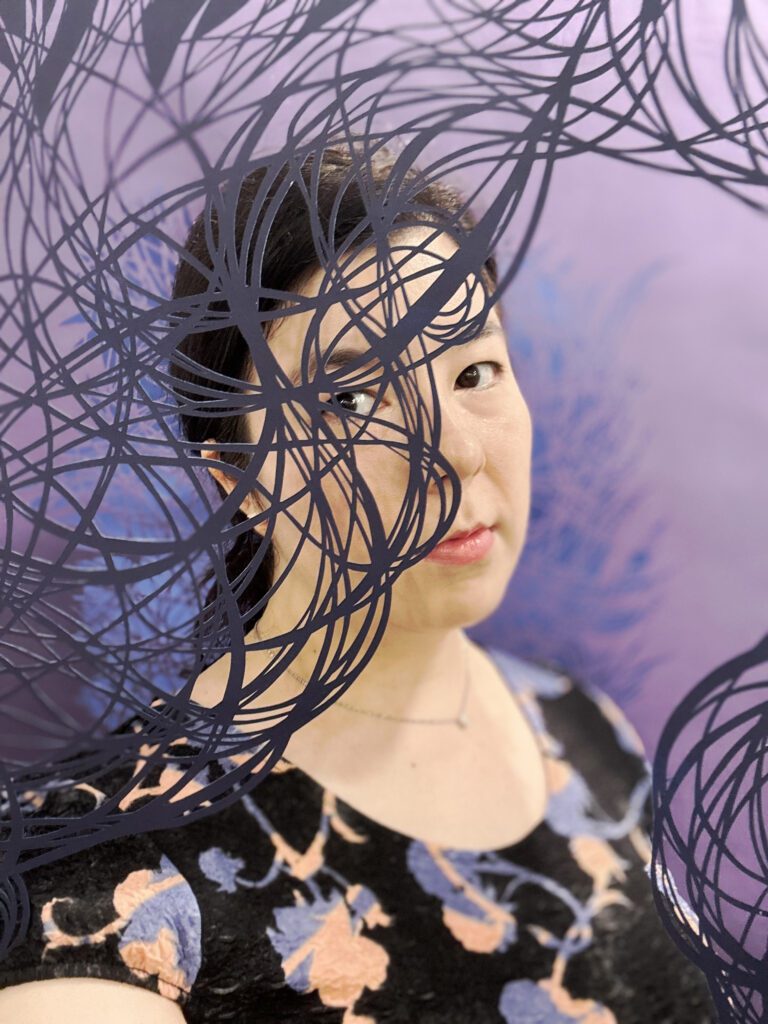
Jenny Lee Robinson is an American artist of mixed Korean heritage who works and resides in Seoul, South Korea. She moved to Korea in 2011, shortly after graduating from the Maryland Institute College of Art. She also got her M.F.A in Painting in Korea at Ewha Woman’s University in 2017 through the Korea Global Scholarship Program. Her work often utilizes traditional Korean mulberry paper, known as Hanji, in various art forms, including printmaking, installation, and book art. Much of her work relates to folklore and mythology, particularly themes of women in folktales that appear across different cultures and borders.
Her artwork draws from folktales and myths about girls and women, incorporating tales and characters that include witches, mermaids, winged figures, and other archetypes that reappear in folklore and myths in different cultures. A universality and a general familiarity with these images and archetypes make them appealing subjects in her work. Due to her international experiences, including being raised by a first-generation immigrant mother, becoming an international student in South Korea during grad school, and living abroad for over a decade, she has become interested in making work accessible and familiar across cultures. Therefore, her use of the figures mentioned earlier from folklore in her artwork helps serve that purpose, in that I hope to create a readable visual language through the use of these characters in her artwork. These folktales and myths are cathartically reinterpreted through these characters to share stories of women’s experiences of strength, growth, trauma, and resilience. Folktales and myths also have a malleability and flexibility, they endure because they are adapted and retold. Her work seeks to continue this tradition and inject modern sensibilities and views to allow others and myself to better identify and relate to these stories. Her goals in accessibility also pertain to her art materials. Her recent work involved screen printing, book art, and paper art. She is drawn to these materials because they are ubiquitous, unpretentious and familiar, like myths and folklore. Ultimately, her goal is for the viewer to feel a sense of intimacy with her work, regardless of who you are and your own experiences.
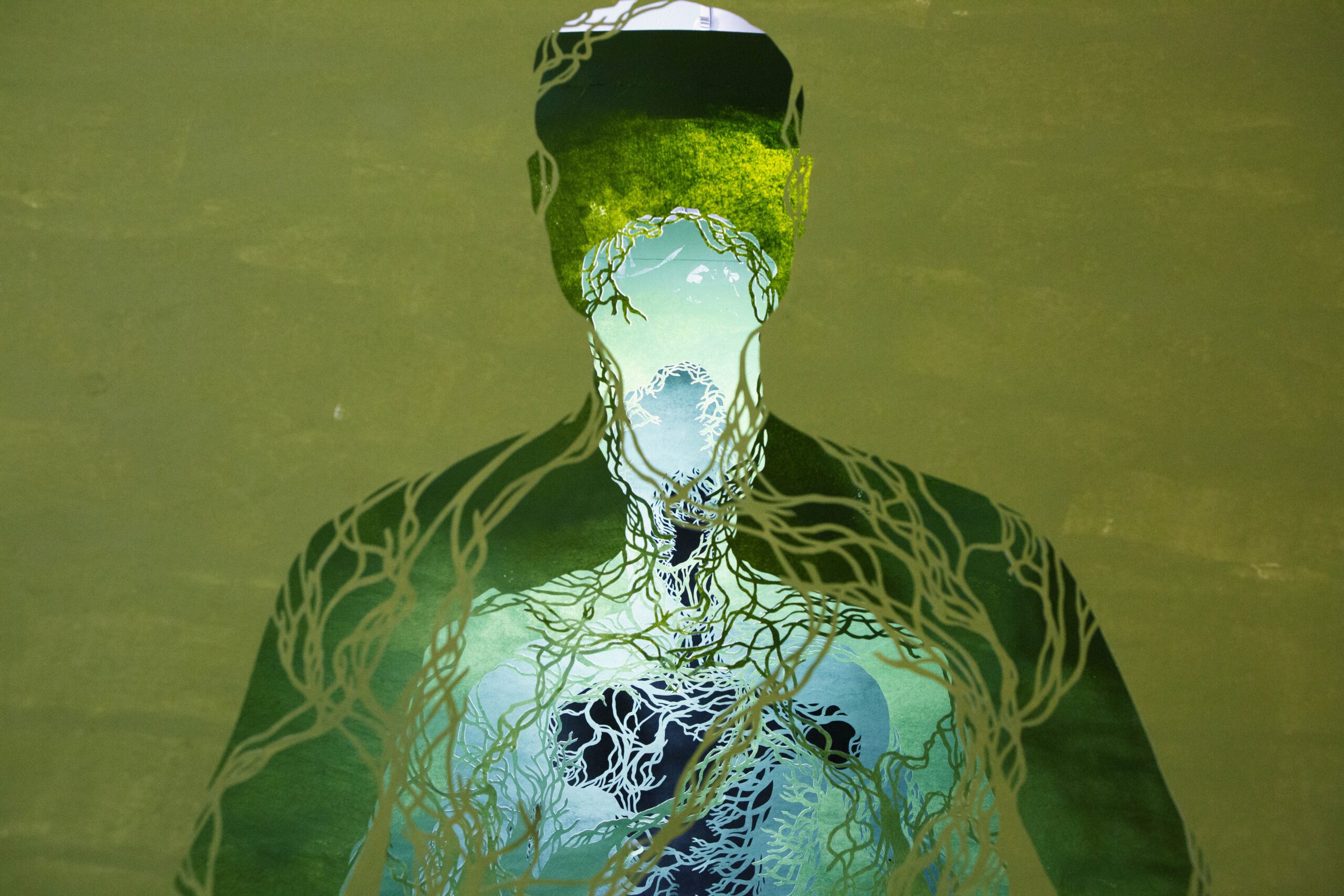
1. What inspired you to become an artist?
My mom was definitely an inspiration. She was pursuing a master’s degree in Painting when I was little, and some of my fondest memories are of her taking me to her studio. She would set me up at an easel with paints and even let me work on a copperplate etching! Ever since I was very small, I have been drawing. And she was very supportive, and I never lacked markers, pencils, paper or paint. She recognized very early that I had an interest in art and sought out opportunities for me to take art classes. My parents also took me to many art museums since I was very small. This all fostered a supportive and creative environment, and I feel incredibly lucky and grateful for both of my parents. Both in recognizing and supporting my passion from a very early age.
My artwork draws from folktales and myths about girls and women, incorporating tales and characters that include witches, mermaids, and winged figures and other archetypes that reappear in folklore and myths in different cultures.
Jenny Lee Robinson
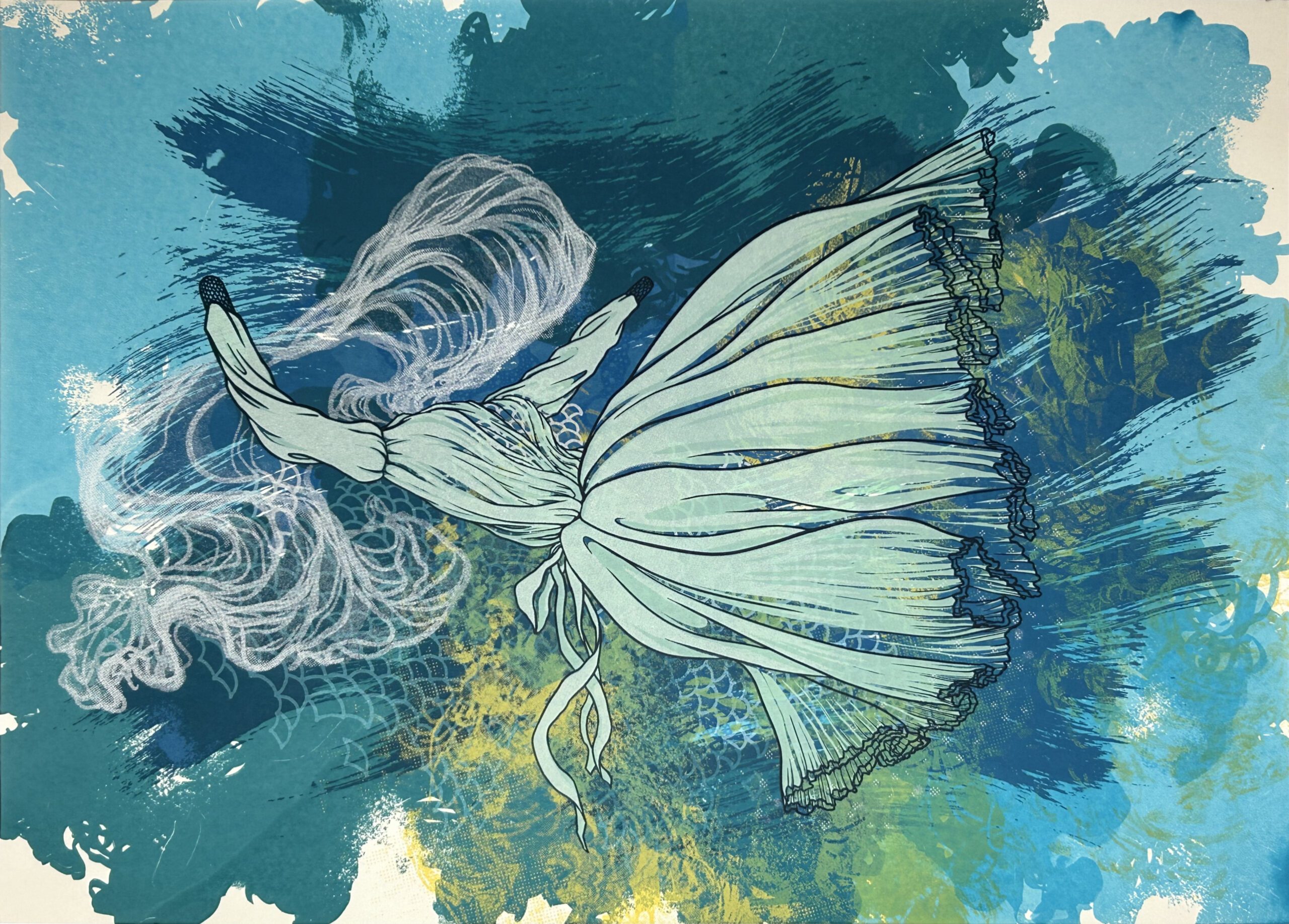
2. What is your creative process like from start to finish?
My creative process is either planned in a meticulous, step-by-step, orderly process, or improvisational, chaotic, and made without a clear image of the final product. While these are very different creative approaches, they keep me balanced. Sometimes I work well when I have a specific concept or project in mind, and being as detailed and considered about the whole process is very satisfying and engrossing. However, there are also times when I may not have a specific concept or idea. The improvisational process is a great way of experimenting and brainstorming, and usually, that process will lead me to more concrete ideas. But it is also very freeing to do work without a laid-out plan, and just seeing where it goes also takes off a certain amount of pressure on expectations. I need both processes to make strong work and grow as an artist.
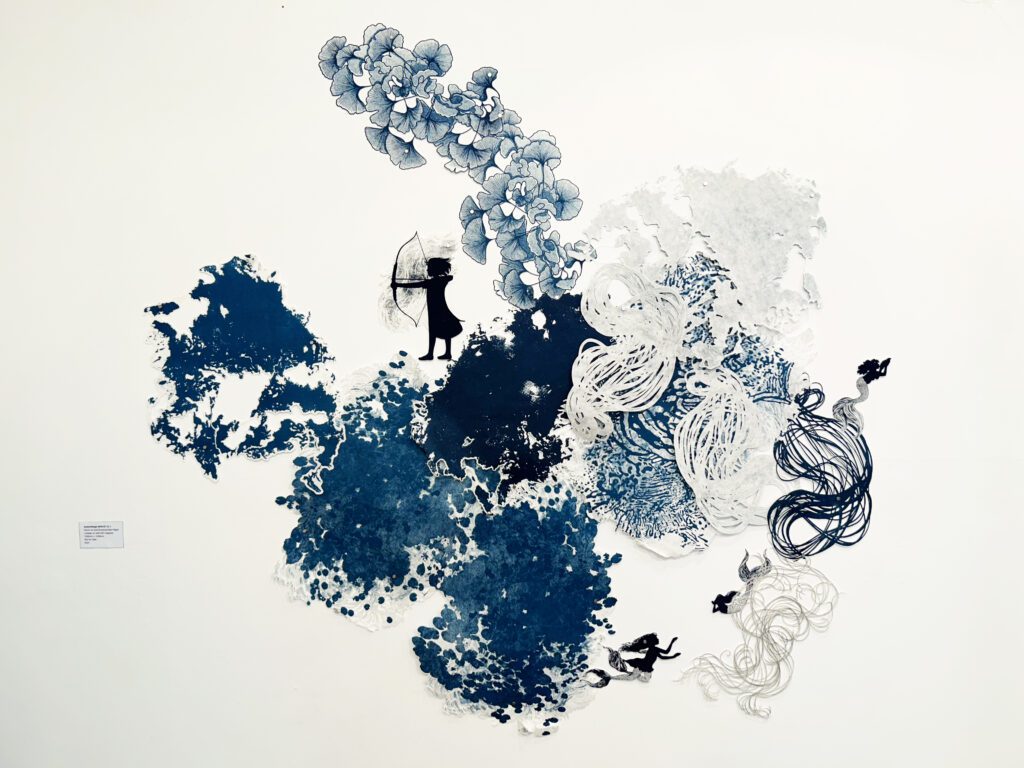
3. Can you tell us about a particular piece of art that holds special meaning for you?
One piece that is meaningful for me is this five-layer tunnel book installation piece entitled Imprint. Imprint was made after a mentor had passed away very suddenly. This mentor was an incredibly giving educator, smart, insightful and kind. He was a faculty member from the Maryland Institute College of Art, but I had never had him as a student; we met in Korea and worked together. It was an incredible education on how a mentor, teacher, and guide should be, and I started working for him after I had been in an incredibly toxic working environment. Getting to work with him, someone who respected and valued others, was extremely healing, as I got to see a great example of a good boss after having a terrible one. He made an indelible mark on all his students, but he is still sorely missed. I wanted to create a piece that celebrated the growth that he fostered. The tunnel book shows his silhouette on Korean hanji paper painted in different green hues, referencing vegetation. I chose green to evoke nature, growth and life, to emphasize that his work in art education continues to foster growth in the lives of all the artists he taught. This nature theme is emphasized in the paper cutouts, which are cut to resemble roots and vines. I titled the piece Imprint to underscore the impact he had on all the young artists he helped nurture.
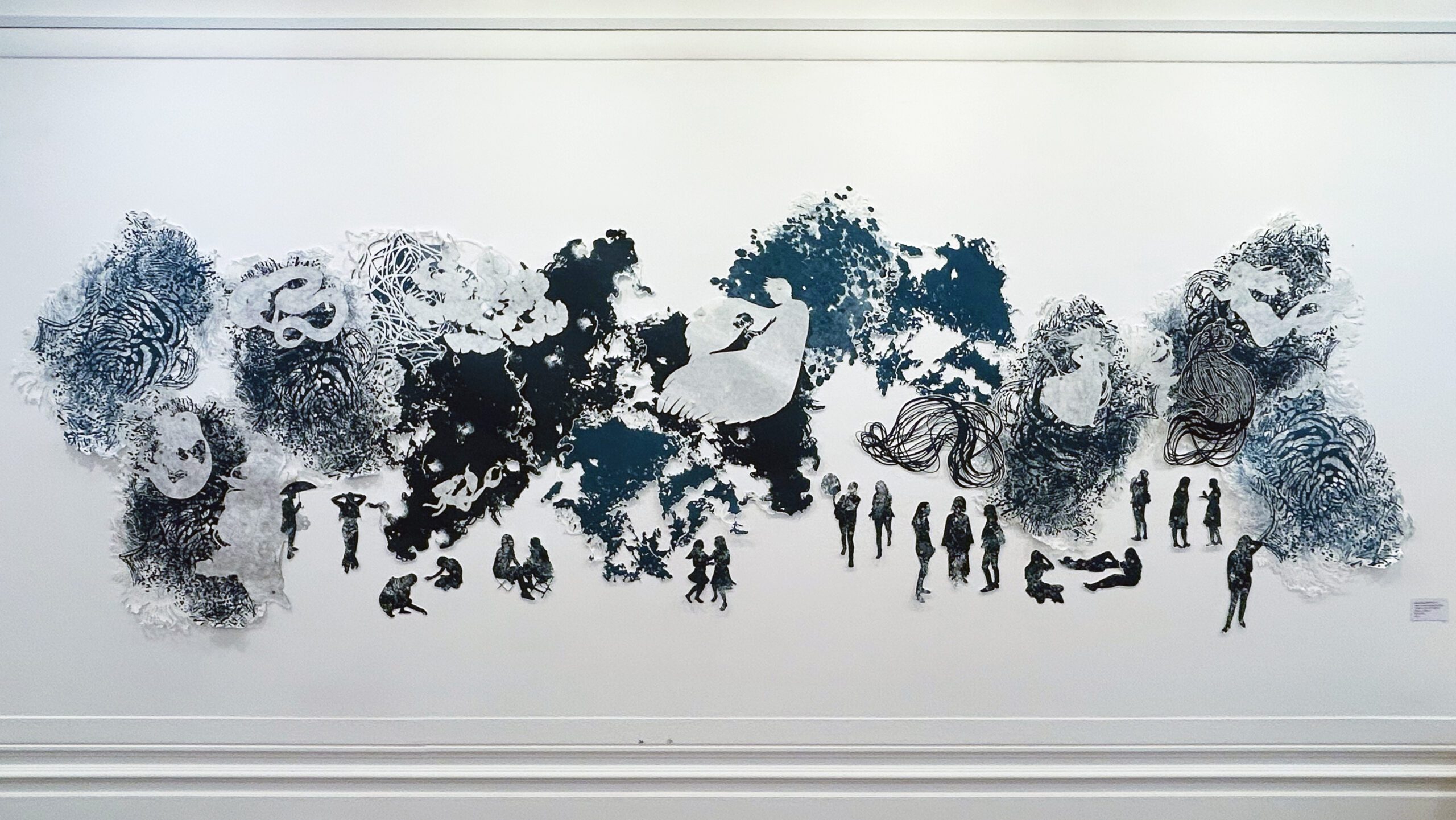
4. How do you handle creative blocks or periods of low inspiration?
Personally, the key to handling creative blocks or low inspiration is just to start making art. Getting started is the most difficult part, and once I get the ball rolling, I am too engrossed in the process to get stuck. When I don’t have an exact idea or concept formulated yet, I turn to improvisation. In my twenties, improvisation in my art practice usually involved watercolours. I would mix watercolour washes, spill them over paper, and let the shapes form organically. And that was all I needed to get started and figure out what to do from there. In recent years, I have improvised with screenprinting. I use recycled images, textures and motifs from previous print projects, and I will choose a rough colour scheme and start printing. Layer by layer, I decide what to do next and what direction the print will go. This process just jump-starts my whole creative process and unlocks ideas for other work outside of printmaking. Sometimes, you have to be in the physical act of making something to break out of a slump.
5. What do you hope people take away from experiencing your art?
Whatever anyone takes away from my piece, I hope it is personal and individual to their experience. While I reference folklore and myth, I am not interested in telling someone a specific story. I want them to imagine their own story from my artwork. This type of interaction and creative response from a viewer would be a dream. This is what I want to explore more in my Assemblage series. This series of works comprises paper-cut silhouettes that are temporarily collaged onto an exhibition space with magnets and pins. It can be put together in an endless number of compositions by me or other spectators, and every time, it is a different image and a different story. I have had visitors to the gallery create their silhouettes into an assemblage and take turns adding, moving and removing silhouettes. This audience participation in the piece and the storytelling is something I want to explore further in this series, and it is this type of active, creative connection I hope people can take away from my art.
My goal is for the viewer to feel a sense of intimacy with my work, regardless of who you are and what your own experiences are in life.
Jenny Lee Robinson
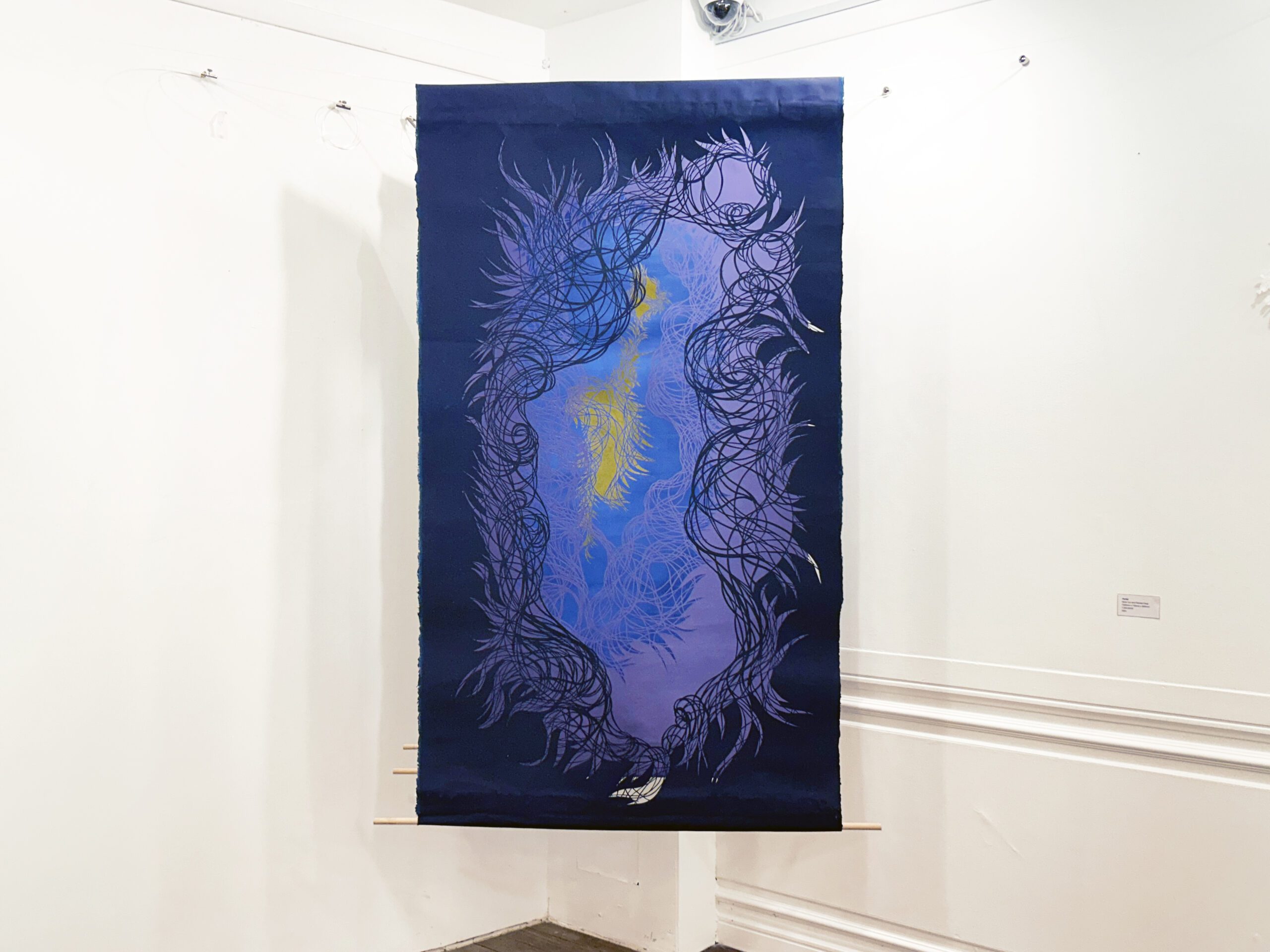
Jenny Lee Robinson’s art reflects her unique journey, blending her personal experiences with themes from folklore and mythology. Her work encourages us to find our own stories within it while celebrating strength, growth, and resilience. To learn more about Jenny Lee Robinson, click on the links below.
